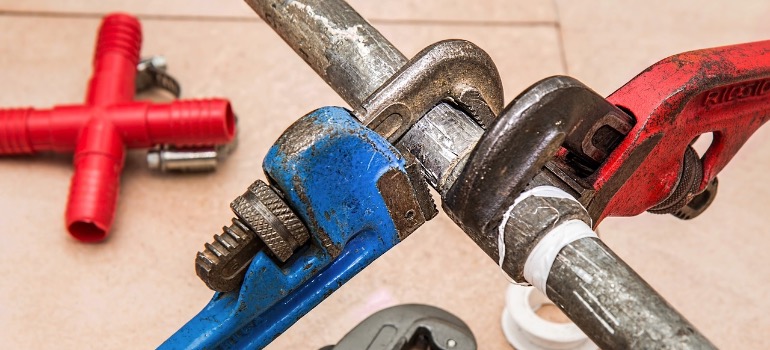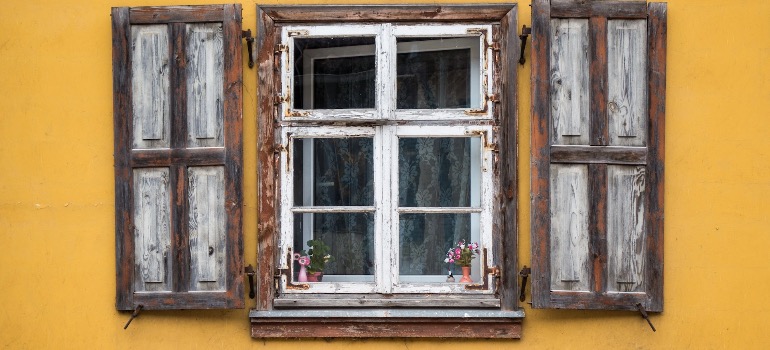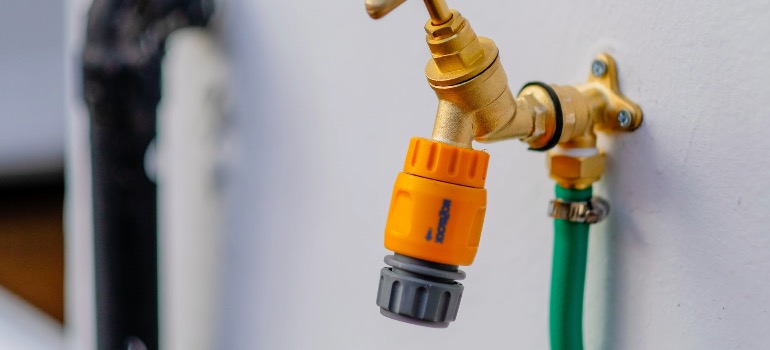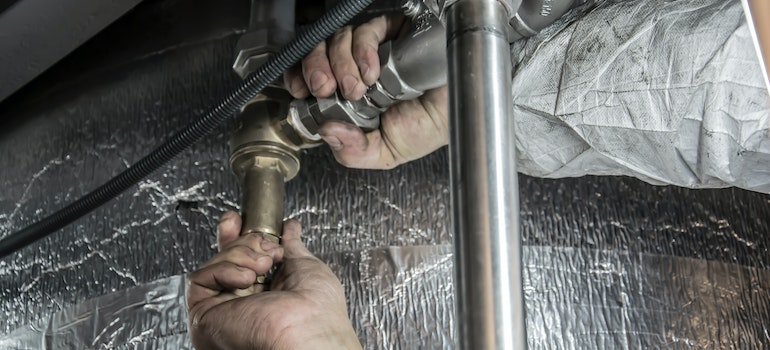
As winter approaches, it brings a set of challenges for homeowners. One of the primary concerns is the health and functionality of the plumbing system. Exposed drains and pipes are susceptible to freezing temperatures, leading to significant damage and costly repairs. Ensuring proper winter plumbing maintenance is not just a routine task but a critical preventive measure. This article aims to provide homeowners with comprehensive insights and actionable steps to protect their plumbing from the adverse effects of winter, ensuring a smooth and hassle-free season. Being prepared and knowledgeable about the potential threats and their solutions is essential.
How Cold Weather Affects Your Plumbing
Cold weather poses a considerable challenge to the integrity of our plumbing systems. The primary reason is that when water freezes, it expands, exerting significant pressure on the pipes it’s confined within. This expansion can lead to cracks, leaks, or, in severe cases, completely burst pipes. Such disruptions not only result in the inconvenience of lost water supply but can also culminate in expensive repair costs and potential water damage to the property. To avoid plumbing emergencies, homeowners must be aware of how the cold impacts their plumbing and take necessary precautions. Recognizing these threats early on can be the key difference between a smooth winter and a troublesome one.
Winter Plumbing Maintenance Checklist: Safeguarding Your Drains
Insulation is Key
Insulation plays a crucial role in protecting pipes from the harsh winter temperatures. Pipes in unheated home areas, such as basements, garages, and attics, are particularly vulnerable to freezing. By wrapping these pipes with foam pipe insulation, homeowners can significantly reduce the risk of frozen or burst pipes. This insulation acts as a protective barrier, retaining the warmth of the water within and keeping the cold at bay. Additionally, insulation tapes can provide an extra layer of protection and are relatively easy to apply. Good-quality insulation prevents potential damage and ensures the plumbing system operates efficiently throughout the cold months.
Seal Gaps and Cracks
Ensuring that your home is free from gaps and cracks is essential in plumbing maintenance during the winter months. These small openings allow cold air to infiltrate, directly exposing your plumbing to freezing. Especially in older homes, it’s not uncommon to find gaps in windows, walls, floors, and near the foundation. Taking the time to inspect these areas and using suitable materials like caulk or weather stripping to seal them can make a considerable difference. By effectively sealing these gaps and cracks, you’re safeguarding your plumbing and enhancing your home’s overall energy efficiency, leading to potential savings on heating costs during the cold season.

If your house has very old windows, an unskippable step of your winter plumbing maintenance is to seal them and prevent gaps that create drafts in your home.
Indoor Heating and Thermostat Tips
Effective management of indoor heating is a cornerstone of plumbing maintenance. Maintaining a consistent indoor temperature helps ensure that pipes, especially those running through walls and less-insulated areas, remain above freezing points. It’s advisable to keep the thermostat set to a consistent temperature, even during nighttime or when the home is unoccupied. Additionally, areas under sinks, often neglected, can benefit from the circulation of warm air. Opening cabinet doors under sinks during extreme cold spells allows the home’s heat to keep those pipes warm. By adhering to these heating and thermostat tips, homeowners can significantly bolster their defenses against the challenges winter presents to plumbing.
Garden Hose & Outdoor Faucets
Outdoor plumbing components, like garden hoses and outdoor faucets, are vulnerable when exposed to harsh winter elements. Before winter sets in with its full force, it’s wise to disconnect and drain garden hoses. Proper storage is also crucial, not only to avoid water freezing within them but also to maintain their longevity. In fact, in the experience of NYC Mini Storage, proper storage can greatly extend the life of many of your outdoor items, including hoses. Additionally, even outdoor faucets that you use rarely are still at risk. Using faucet covers can shield them from the cold, acting as a thermal barrier.

Make sure you disconnect and drain garden hoses before the cold winter weather comes.
Keep Water Flowing
A central tenet of winter plumbing maintenance is ensuring continuous water flow. When water remains stagnant in pipes during extreme cold, it’s more likely to freeze and cause issues. Allowing a faucet to drip slightly during particularly cold nights can prevent this. This gentle flow ensures that water doesn’t stagnate, minimizing the risk of freezing. Another essential consideration is the water heater. Make sure you have the right water heater that’s both efficient and in good working condition. As it works harder during winter to provide warm water, having a reliable system is crucial. Ensuring flow and adequate heating is paramount in thorough winter plumbing protection.
Advanced Precautions: Going Beyond the Basics
Install Heat Tape
Heat tape has emerged as an effective solution to combat the freezing of pipes during winter. It is an electrically heated tape designed specifically to be wrapped around vulnerable pipes, emitting heat and preventing water inside from freezing. Applying heat tape can be particularly beneficial for pipes located in unheated areas of a home or those most exposed to cold drafts. When selecting heat tape, choosing a product suited to your specific needs is important. Remember to always adhere to the manufacturer’s guidelines during installation. Furthermore, regularly checking its functionality throughout the winter can ensure it’s working optimally.
Upgrade to Frost-Free Faucets
Frost-free faucets have become a valuable addition to winter plumbing maintenance strategies. Unlike traditional faucets, these are specifically designed to resist the freezing effects of winter temperatures. They feature a unique design where the water shut-off mechanism is positioned deep within the insulated walls of the home, reducing the chances of water freezing within the faucet. This not only prevents potential damage but also reduces water wastage. For homeowners living in particularly cold regions or those simply wanting to bolster their winter plumbing defenses, upgrading to frost-free faucets offers an effective, long-term solution.
What to Do if Pipes Start to Freeze
Despite best efforts and precautions, there might be times when pipes start to freeze. It’s essential not to panic in such situations. Begin by shutting off the main water supply to prevent potential flooding. Gently thaw the affected areas using safe methods, like a hairdryer or heating pad, avoiding open flames or high-heat sources. Remember to thaw gradually; haste can cause further damage. If unsure about the situation, seeking professional help is always advisable. It’s essential to act quickly, as scheduling repairs in the winter can be more difficult due to increased demand and challenges posed by cold weather conditions. Being prepared for burst pipe emergencies ensures a swift and effective response.

If something does go wrong with your plumbing system during the winter, don’t hesitate to call a professional for help.
Concluding Thoughts
Winter plumbing maintenance is essential for homeowners, aiming to ensure that the cold months pass without unexpected disruptions or costly repairs. While winter’s chill may be unforgiving, our plumbing systems can efficiently brave the season with the right precautions and knowledge. From understanding how cold affects our pipes to investing in long-term solutions like frost-free faucets, the steps outlined here provide a comprehensive approach to safeguarding your home’s plumbing. Remember, preventive measures not only save money but also provide peace of mind. As winter approaches, let’s prioritize this aspect of plumbing maintenance, ensuring our homes remain warm, undisturbed sanctuaries throughout the season.